Optimal Timing for Foundation Repairs
Foundation repairs are most effectively performed during specific times of the year when environmental conditions are favorable. Proper timing can help ensure the longevity and stability of the repair work, minimizing the risk of future issues.
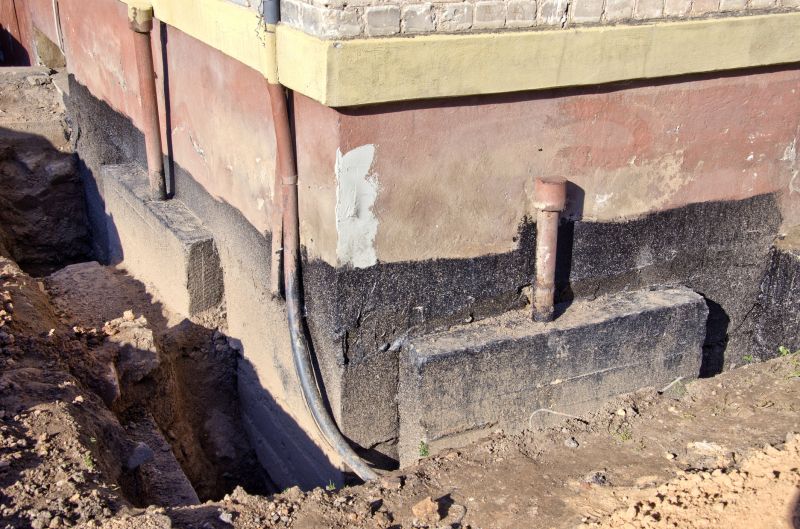
Repairs during dry months prevent moisture-related complications and allow for better soil stability.
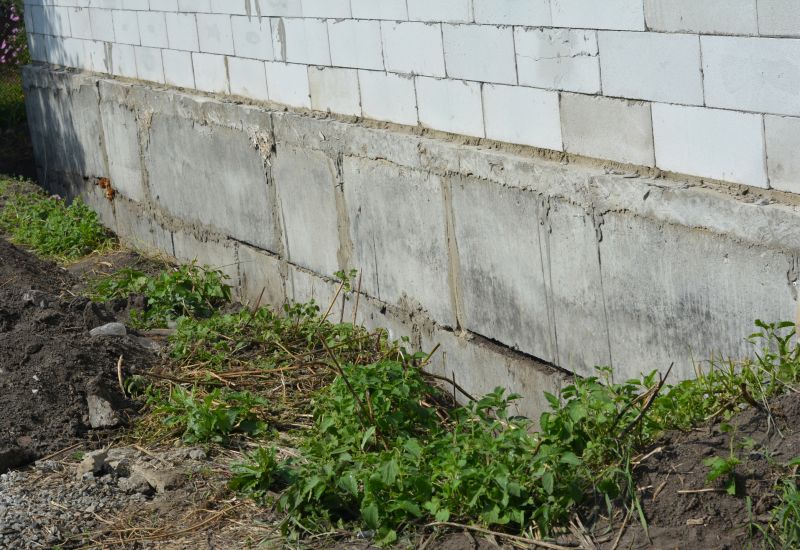
Spring offers moderate weather conditions, making it suitable for foundation work before summer heat sets in.

Fall provides cooler temperatures and less moisture, creating an ideal environment for foundation repairs.
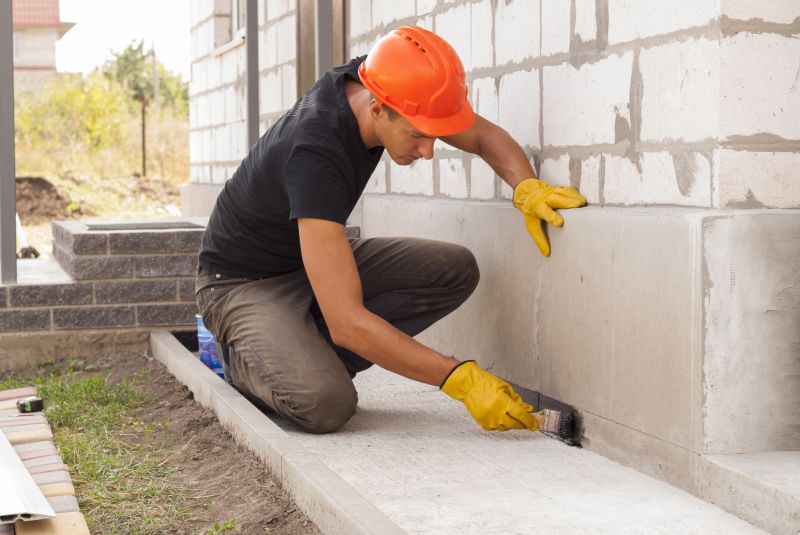
Simple add-ons that improve Foundation Repairs without blowing the budget.

High-end options that actually feel worth it for Foundation Repairs.

Finishes and colors that play nicely with Foundation Repairs.
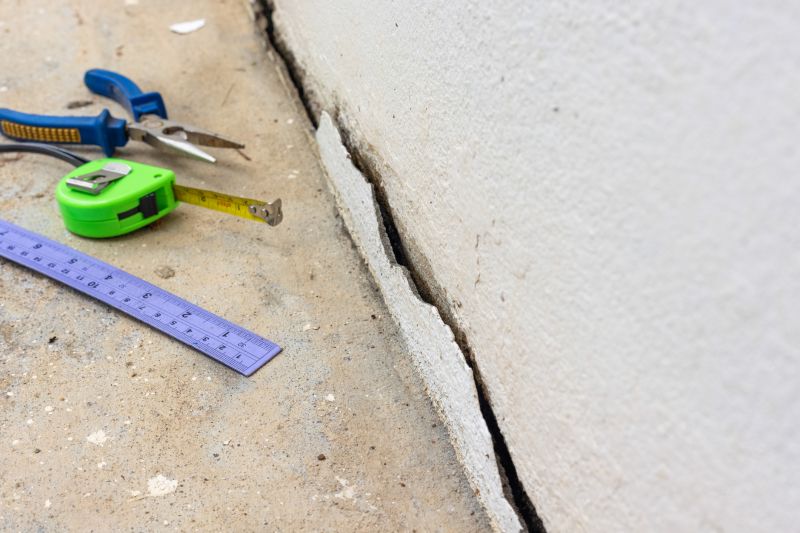
Little measurements that prevent headaches on Foundation Repairs day.
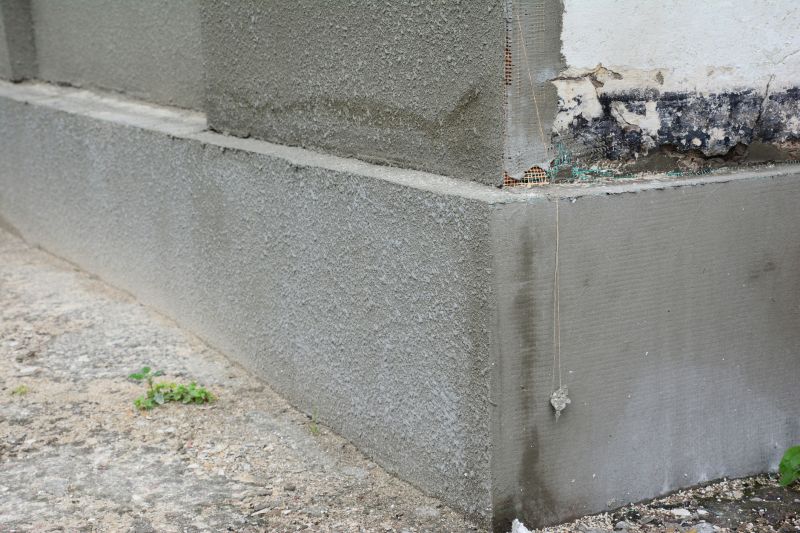
A 60-second routine that keeps Foundation Repairs looking new.
Foundation repairs involve addressing issues such as settling, cracking, or shifting that compromise the structural integrity of a building. Timely intervention can prevent more extensive damage and costly repairs in the future. The best time to undertake these repairs depends on weather conditions, soil moisture levels, and the specific nature of the foundation problems.
Soil expands when wet and contracts when dry, impacting foundation stability. Repairs are best scheduled when soil is stable.
Extreme temperatures and heavy rainfall can hinder repair work and affect outcomes. Optimal conditions are moderate temperatures with low precipitation.
Monitoring soil moisture helps determine the ideal window for repairs, reducing the risk of future shifting.
Performing repairs during optimal seasons can enhance the durability of the fix and prevent recurring issues.

A typical process involves assessment, soil stabilization, and foundation reinforcement.

Methods such as mudjacking or underpinning improve soil support for the foundation.

Addressing cracks promptly prevents water infiltration and further structural damage.
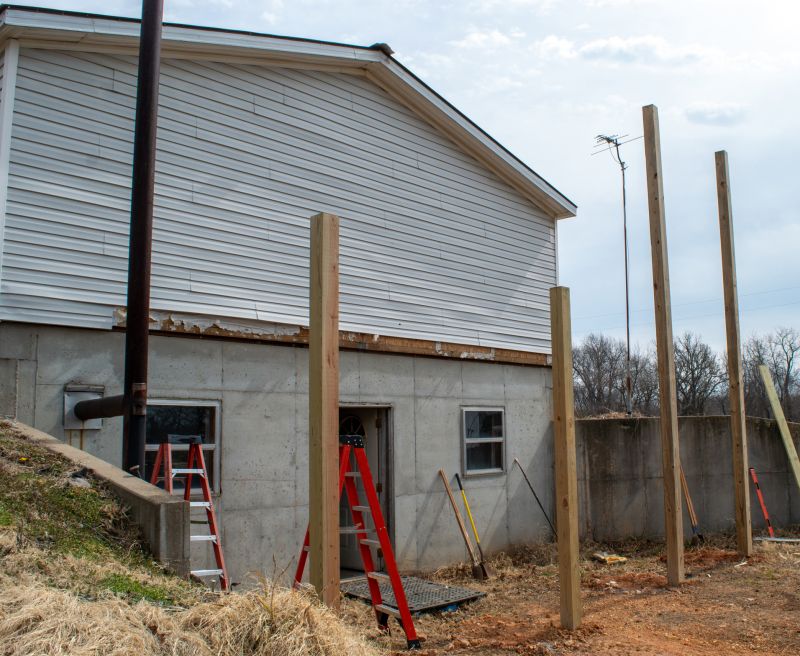
Post-repair monitoring ensures stability over time.
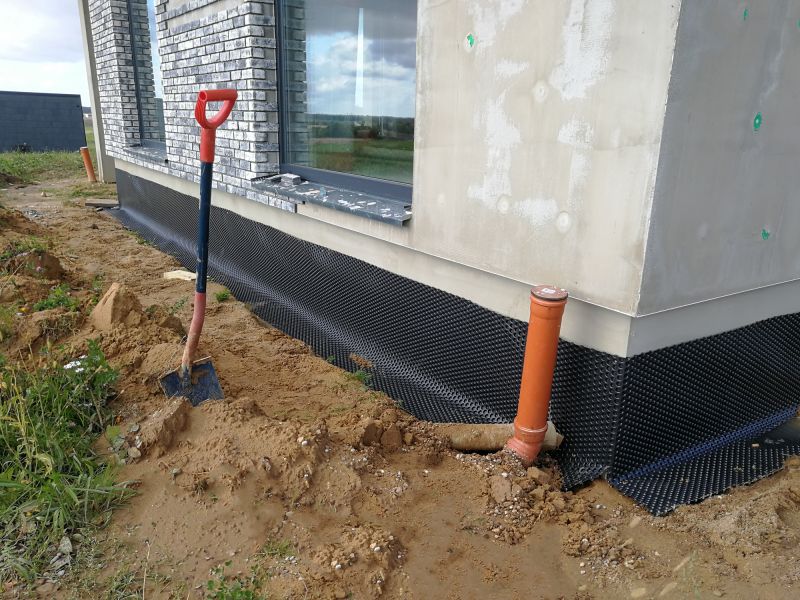
Proper drainage reduces soil moisture fluctuations that can cause foundation issues.
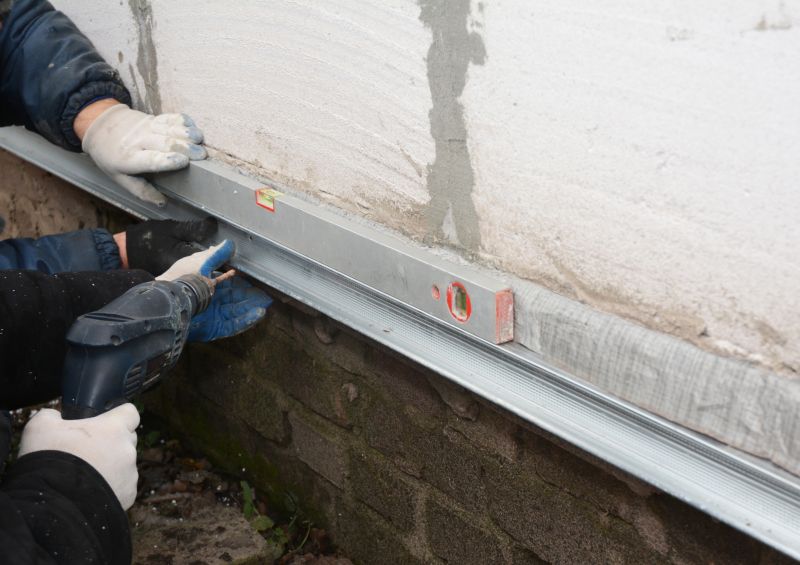
Professional assessments identify the severity and best timing for repairs.
| Season | Ideal Conditions |
|---|---|
| Spring | Moderate temperatures, low rainfall |
| Summer | High temperatures, dry soil preferred |
| Fall | Cooler weather, less moisture |
| Winter | Not recommended due to freezing temperatures |
Timely foundation repairs are essential for maintaining structural integrity and preventing costly future damages. Understanding the seasonal factors that influence soil behavior and weather conditions can help determine the optimal window for repair work. Proper planning and execution during the right season can extend the lifespan of foundation solutions and ensure stability for years to come.

Addressing cracks early during favorable weather prevents water infiltration and structural weakening.

Specialized tools are used to improve soil support during optimal seasons.
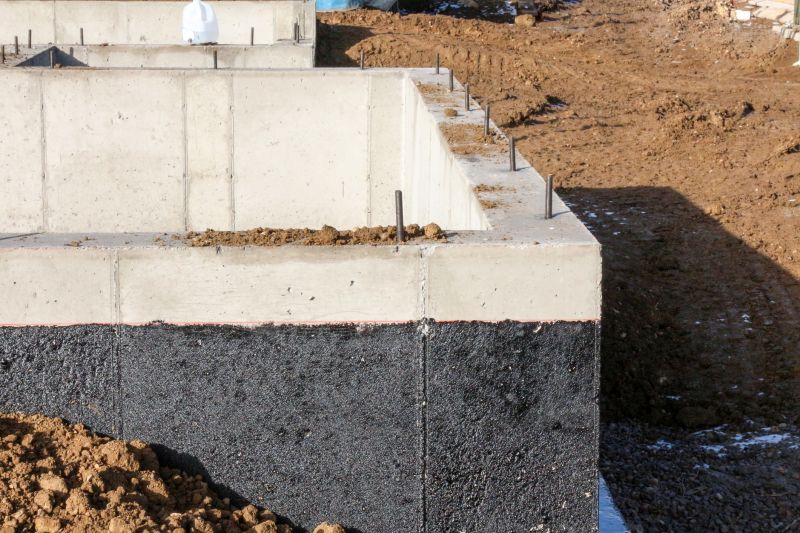
Reinforcing the foundation during suitable weather conditions ensures durability.
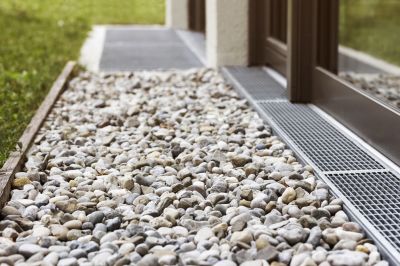
Proper drainage installation during dry seasons helps maintain soil stability.
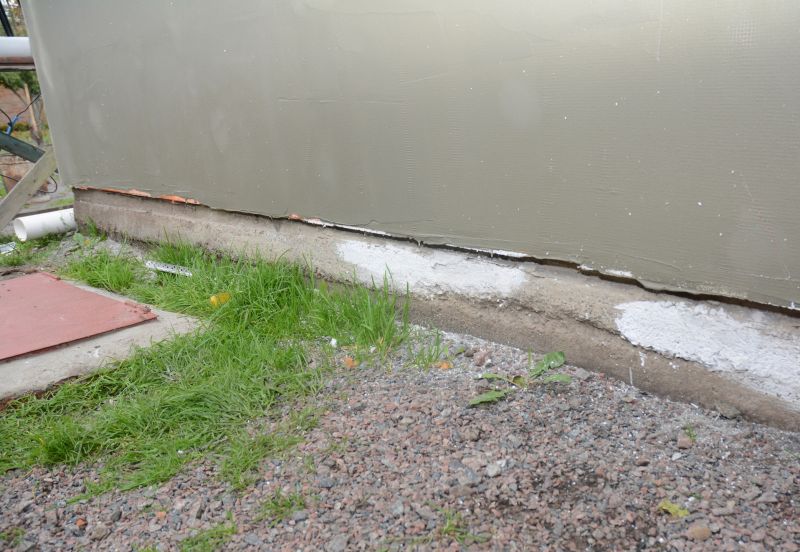
A frequent mistake in Foundation Repairs and how to dodge it.
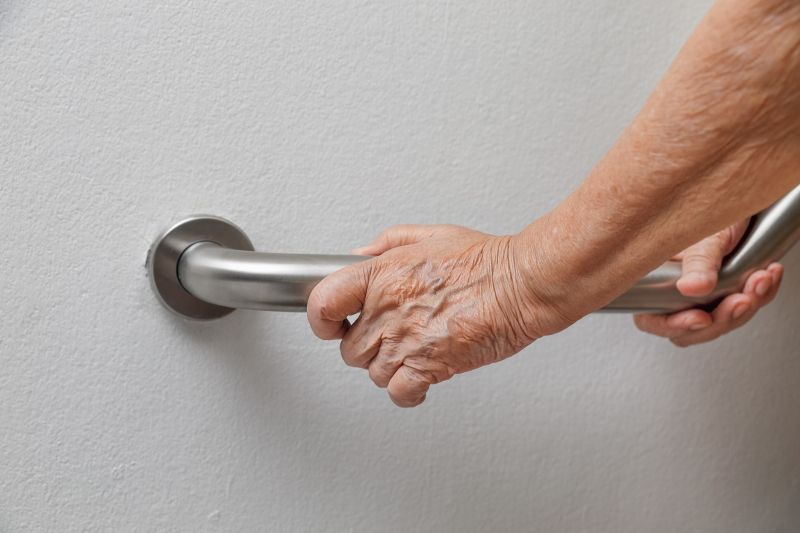
Small tweaks to make Foundation Repairs safer and easier to use.

Lower-waste or water-saving choices for Foundation Repairs.
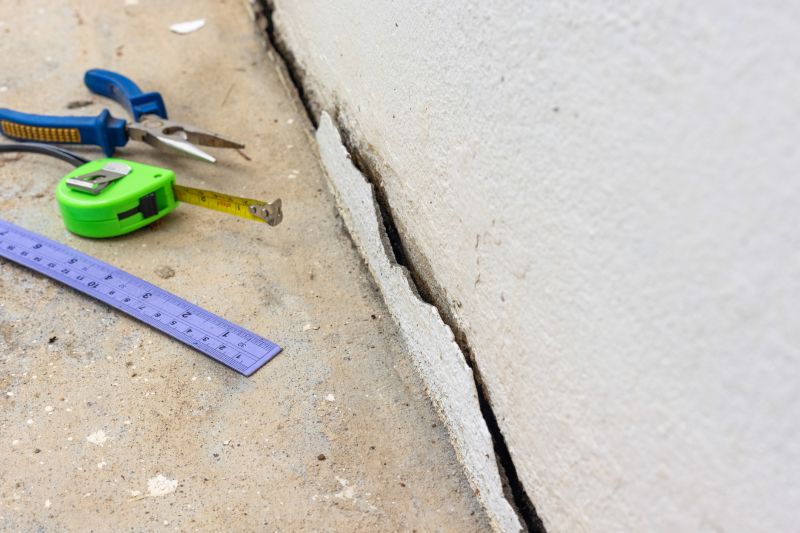
The short, realistic tool list for quality Foundation Repairs.
Interested property owners in Boerne, TX, can consult with foundation repair specialists to determine the best timing for repairs based on local climate and soil conditions. Proper scheduling and expert assessment are key to effective and lasting foundation solutions.
